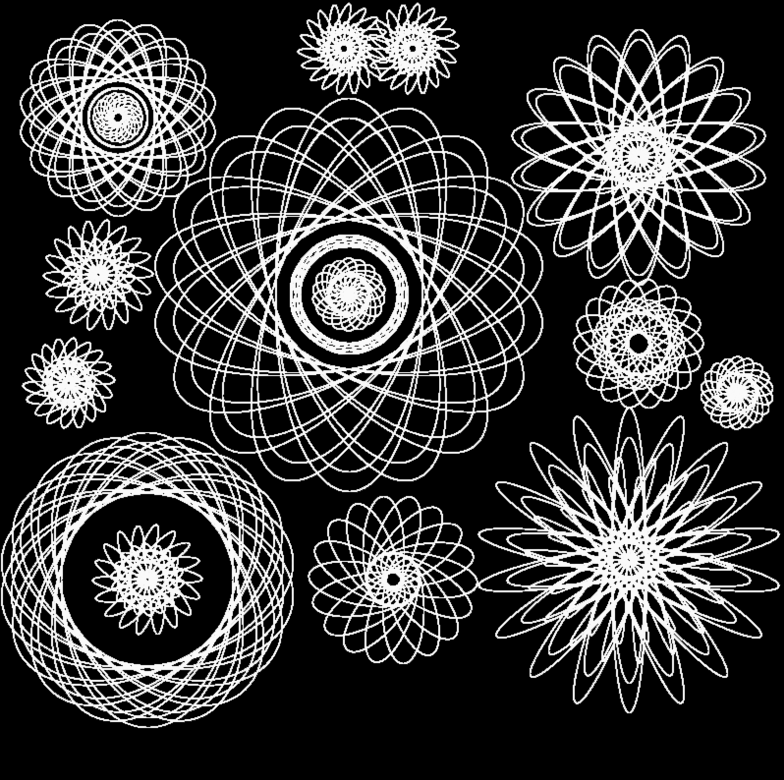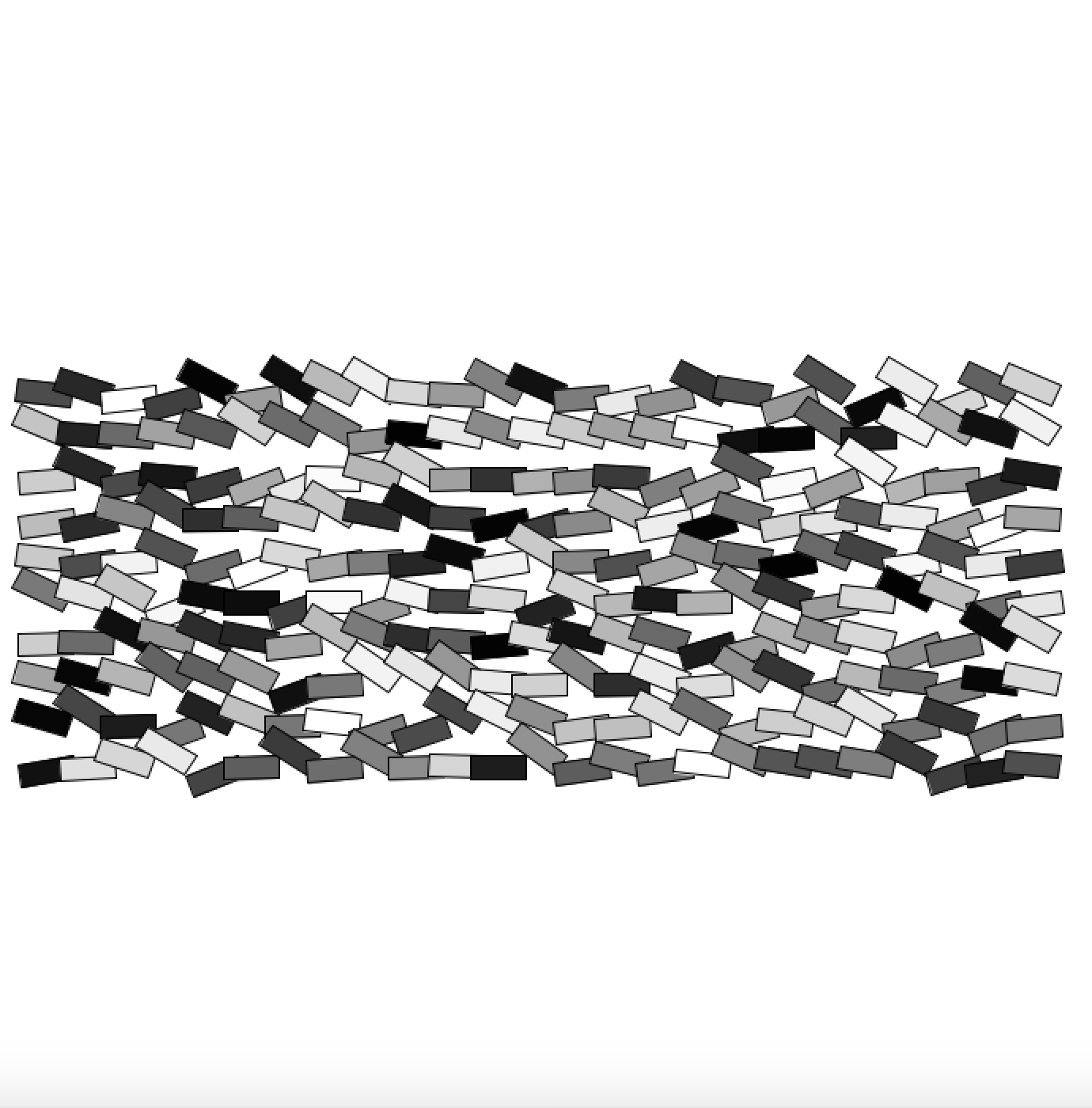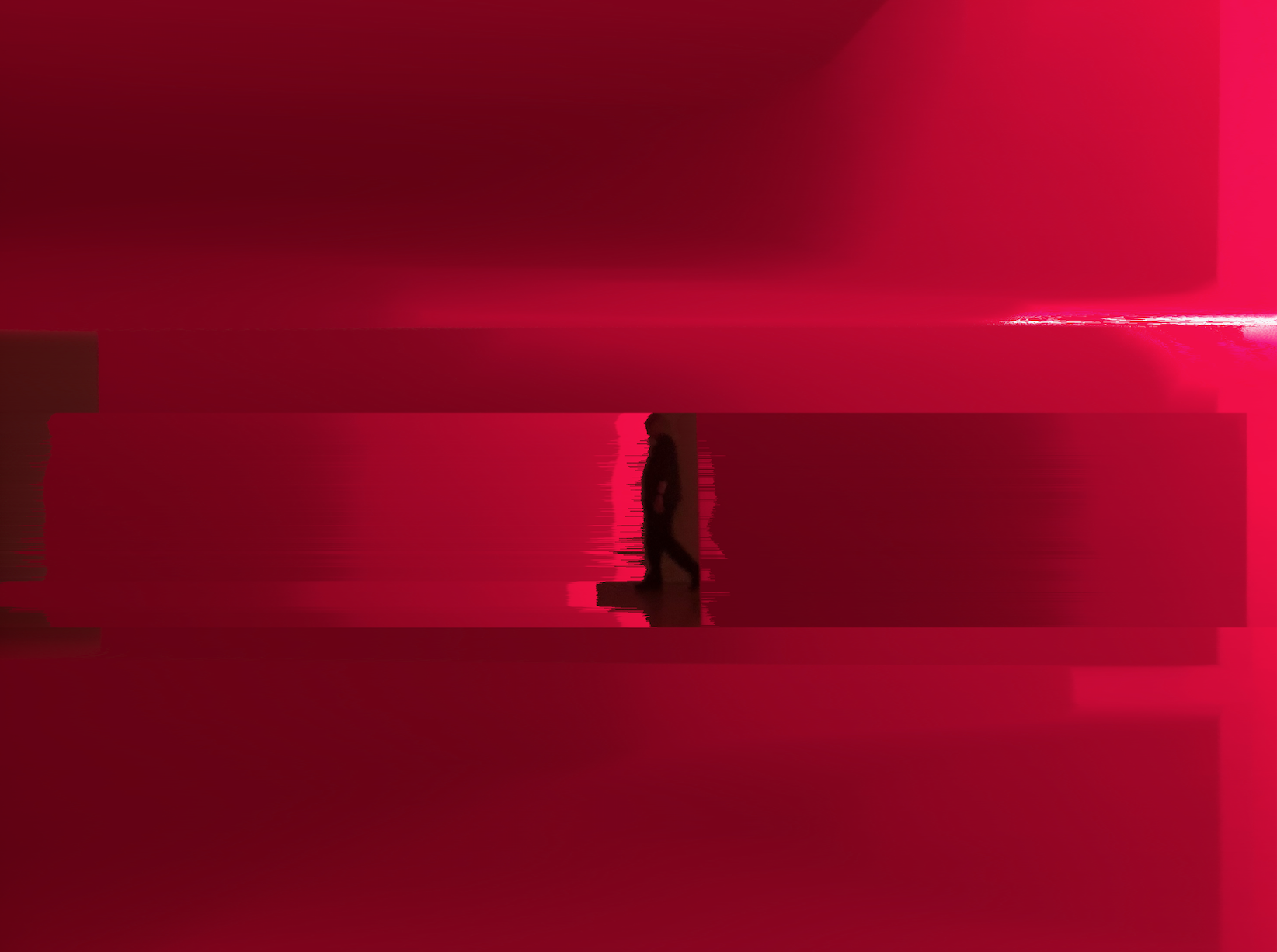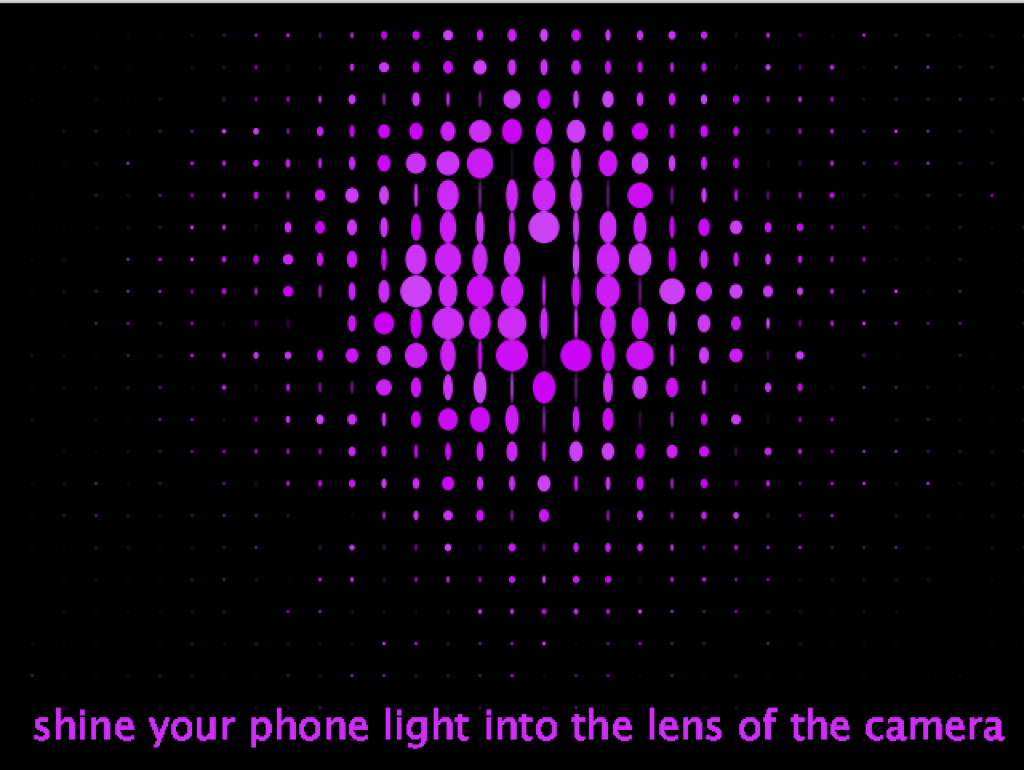
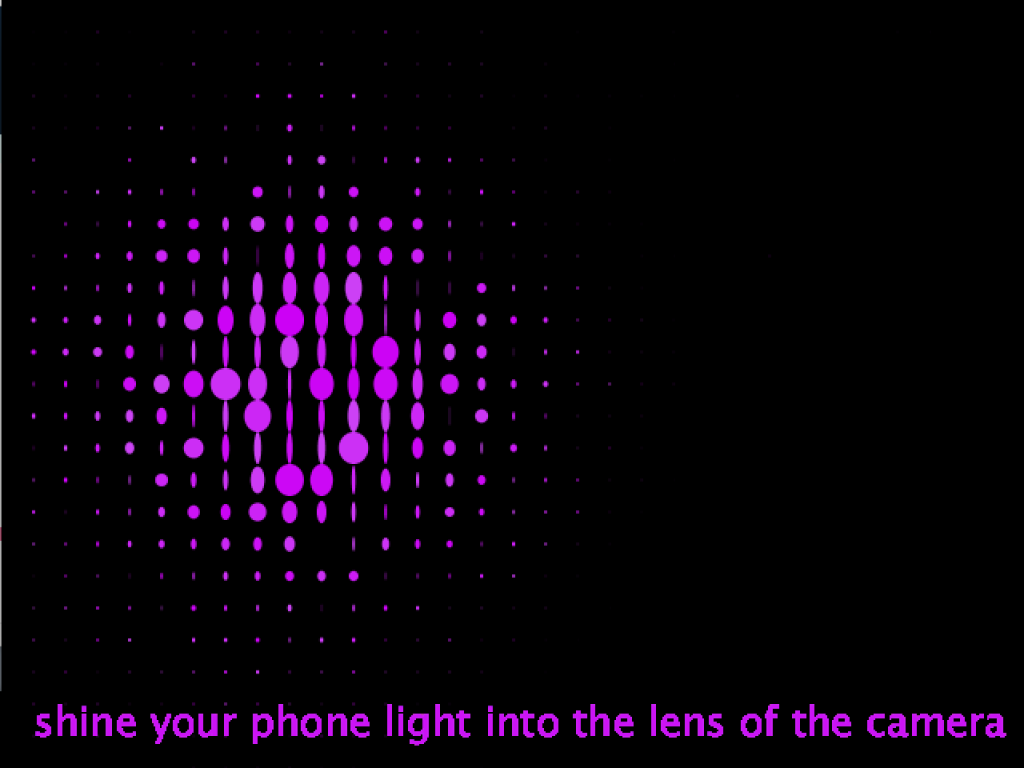

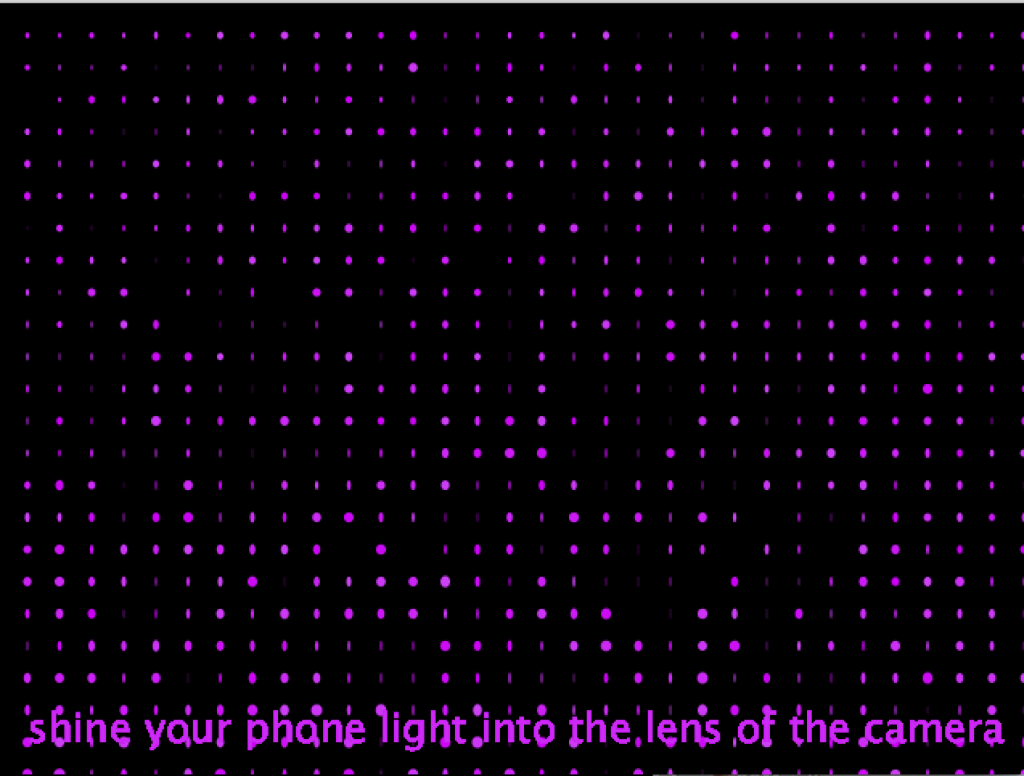
Since the beginning of this semester, we have studied several artists’ different approaches to creating systems. Ron Resch points out that a system is about a process. He creates a system by choosing a material, observing it, imposing rules on it, building modules and creating a large group of it. Stephen Wolfram approaches the system in the way of defining a system as a cell, a state, a neighborhood and a set of rules. Woody and Steina bring out the concept of feedback in a system. This feedback concept means creating an object that has an output and use the output to influence the object.
The way I used to create a system is similar to Ron Resch’s approach, but by using codes, not a real-life material. I used to develop a fundamental shape first; then impose constraints on it; finally build a group of it. Ron Resch stresses three words on generating a system: combinational, geometric, and topological. I think these three words are crucial to creating a system no matter which approach you tend to use. I do not think all these three features can be found in my piece, but these three words have helped me to build a relationship and a system of feedback. Generally, I think the process of creating a system is also a process of exploring the relationship between the shapes and constraints I bring in.
I created a system that responded to Woody and Steina’s feedback concept. They regard this kind of feedback concept as a system of reverberation effect. In other words, it would be a system with feedbacks and echos. I created a system of video feedback for this prompt. In the beginning, I just played around with the camera and the scanning codes. During the process of exploring the scanning codes, I found that I would like the image that the camera could provide to be stable and then add other elements on the top of it. So I started adding rows and columns of squares and ellipses. Ellipses finally stand out to be my aesthetic satisfaction for this piece. I also randomized one character of my ellipse so that I could get the flashy feelings. The flashy ellipses move with the light sources. When you are in front of the camera, the abstract shape of you will be captured and shown. The most fun part in this piece is if you shine your phone light into the lens of the camera, you will get a group of moving flashy ellipses, which I call it a moving ‘Disco Ball.’
I would describe this piece as both abstract and representational. It is abstract when you are in a strong light environment since you would not observe the changes, the shape of yourself or other objects you put in front of the camera. You may only find those flashy purple ellipses with other black spaces. However, it does turn to be representational when you provide only one strong light source to the lens of the camera. Within a specific light source, you will be presented a lovely moving ‘Disco Ball.’
I did not encounter any huge error or trial in my design, but I did have difficulties figuring out the exact positions of those ellipses and thinking about how to deal with the relationship between the audience and the camera. The reading on Woody and Steina inspired me. Especially, the way they describe the feedback system as a reverberation effect. To participate in my work, as you are in front of the camera, you’ve already become a part of this feedback system. The combination of you and the light source is the beginning of this reverberation effect. At the same time, this reverberation effect is the result of the interaction of any relationships involved here, presenting some echo feedbacks between you and the camera.
